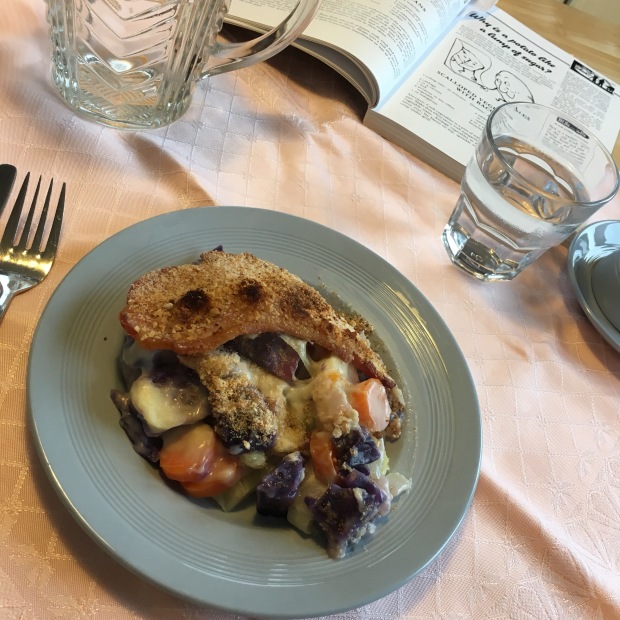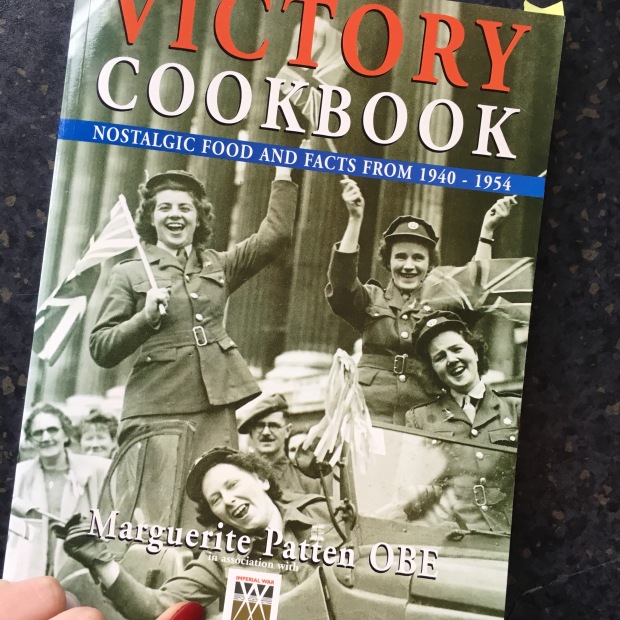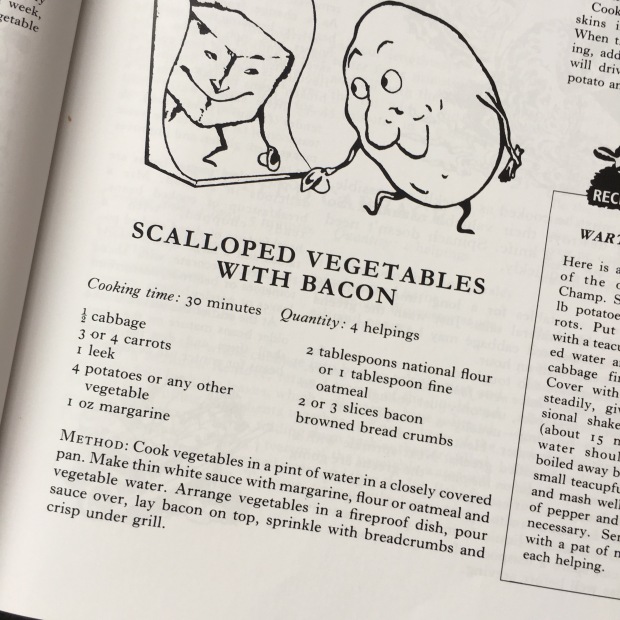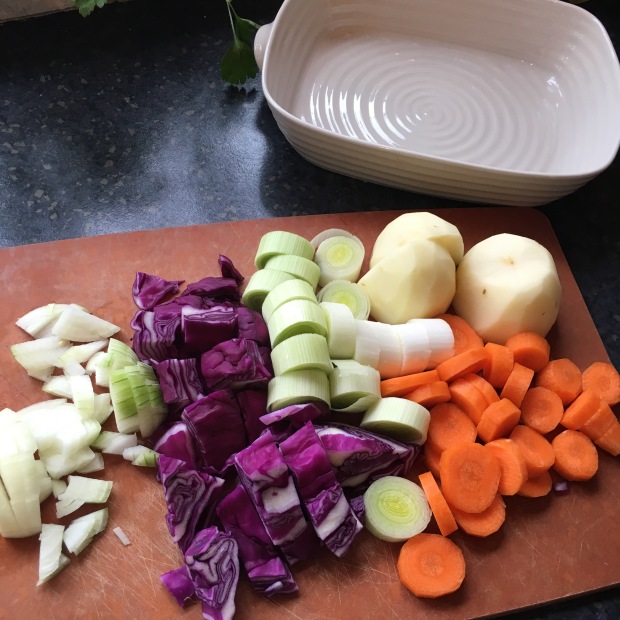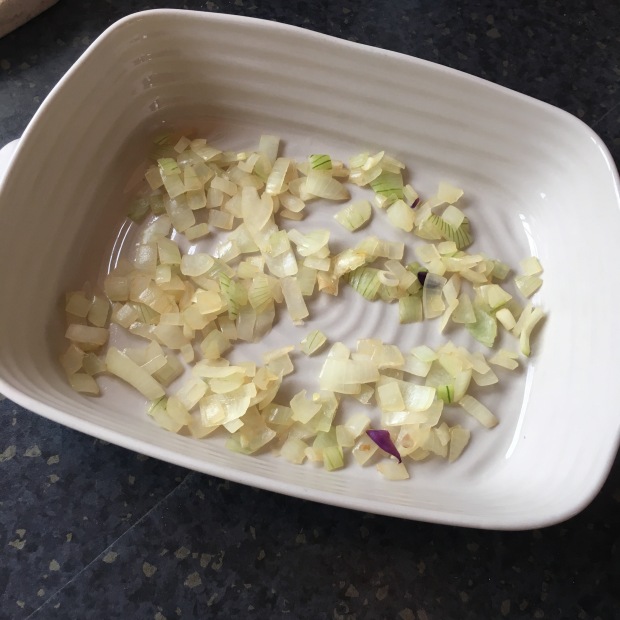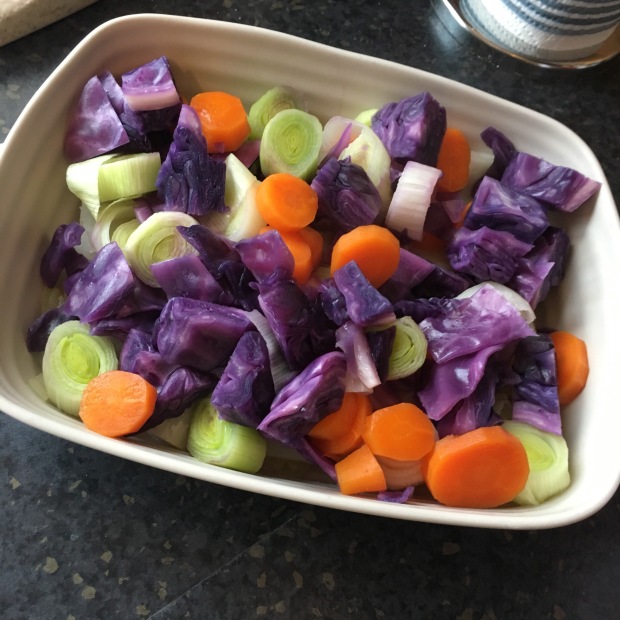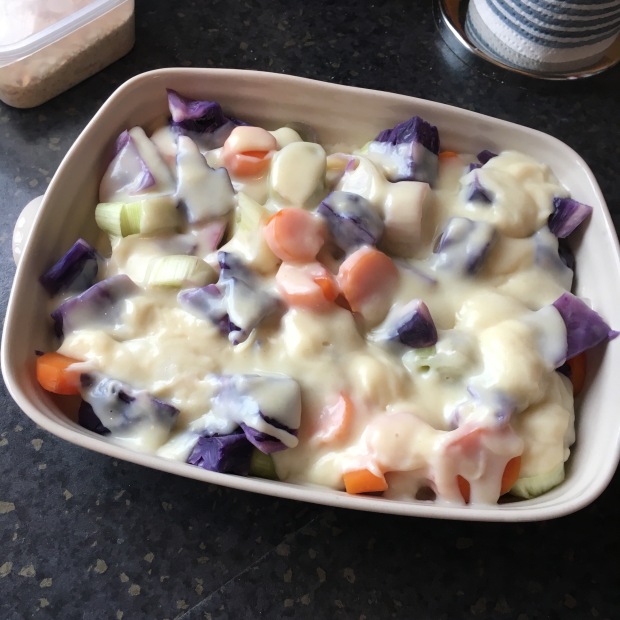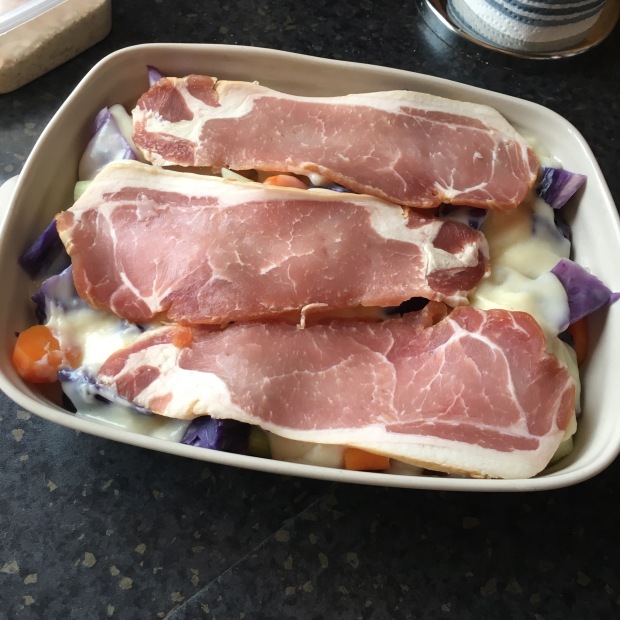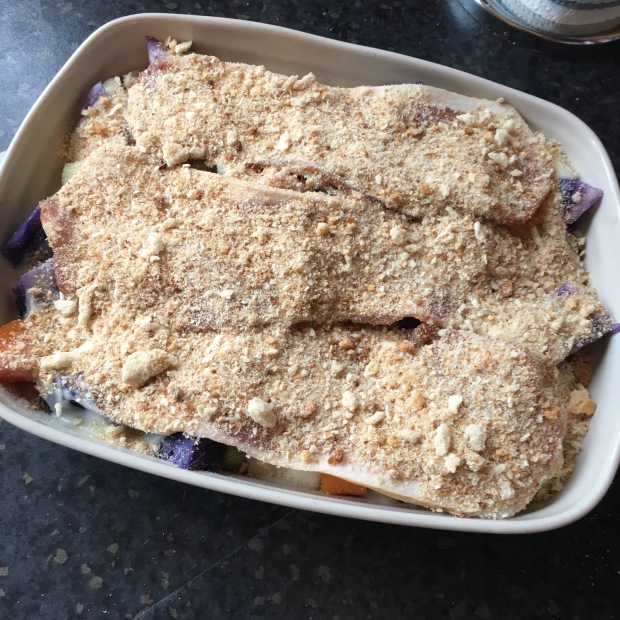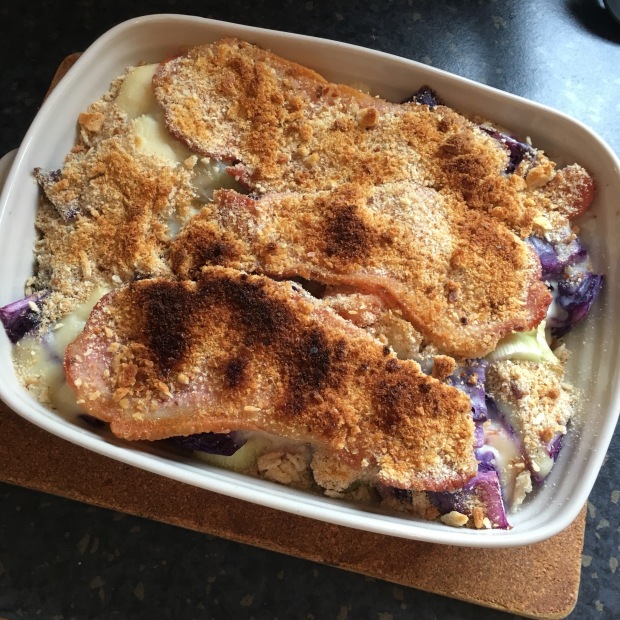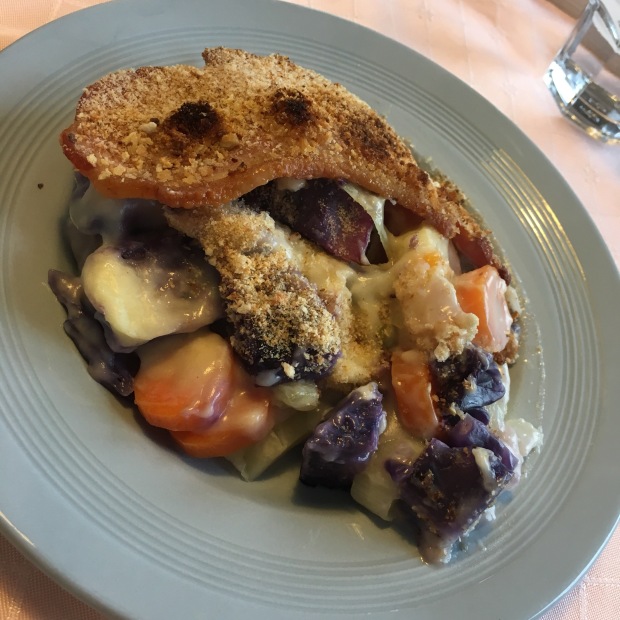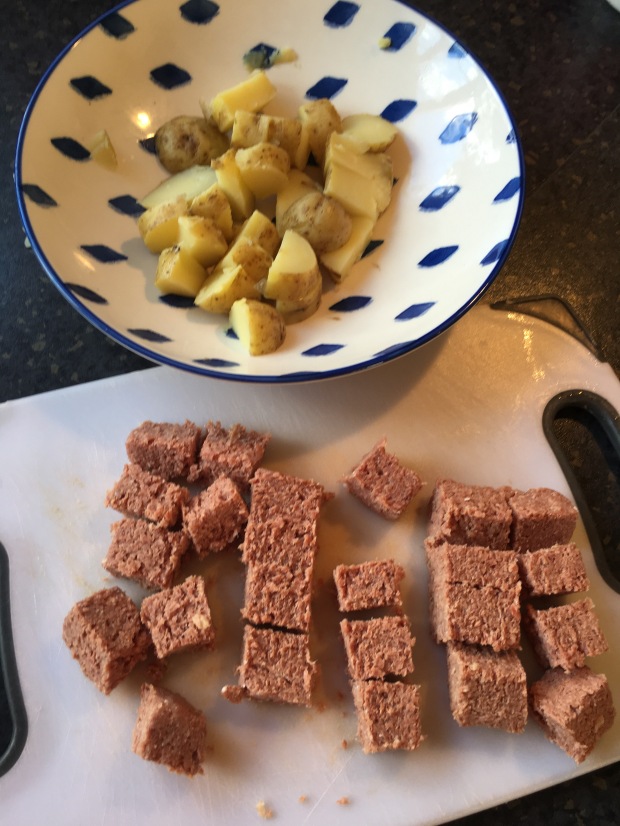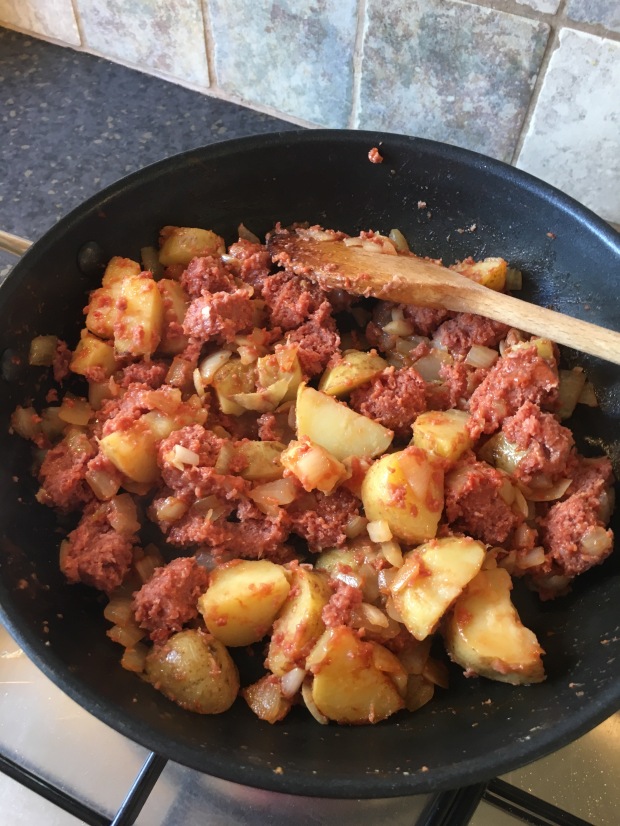
CASE 59 ON THE CASE PROJECT
Hello dear readers, today I thought I might share some tips and tricks I have picked up over the years about how to care for your vintage clothing.
Over the years I have amassed a moderate collection of true vintage items that can be worn day to day, however I don’t tend to wear true vintage every day for the sheer fact I don’t want to ever wear an items so much that it becomes too fragile or faded to wear. I am as keen to preserve these truly special items as best I can whilst also giving them the use and appreciation they were intended for.
So here are a few tips that will hopefully allow you to wear but also take care of your vintage items to see them last for many years to come.
Washing

I would always recommend hand washing for any vintage items, I know this can be an arduous and time consuming task, but I really feel it will help preserve even those thick cotton dresses. Hand washing ultimately puts less stress on the fabric and seems whilst heavy with water.
Even though some of your items might be 70/80 years old this doesn’t mean that the fabric colours cant still bleed. So I would also recommend separating your washing into similar coloured loads, this may seem obvious but it can be a simple and devastating mistake to make.
Cotton – Cotton fabrics are the most resilient of clothing items and can be rung dry and rubbed clean. However if there is excessive dirt or staining it is advisable to spot clean these areas before soaking the whole item.
Rayon – Never rub rayon items whist washing, simply massage in the water, as dirt sits on the top of rayon fabric and should lift relatively easily; and rubbing rayon may cause the dirt to penetrate the fabric and make the mark worse. Squeeze excess water out, don’t ring out as this may cause excessive creasing.
Wool – Squeeze out excess water, never ring. Ringing woolen items can stretch the fibres and misshape the item.
Drying
Cotton – Cotton items can be hung straight on a washing line, however to avoid misshaping garments never peg them by the shoulders, instead hang garments by the bottom hem or fold in half over the line and peg.
Rayon – Before being hung to dry rayon items should be rolled in a clean towel to remove excess water, then when hanging peg by hem or hang on a clothes horse (if using a clothes horse then ensure the garment is open and not creased/bunched up)
Wool – Woollen items should be laid out flat to dry whenever possible to avoid stretching and misshaping. To do this you can use a clothes horse with fold up sides like the one pictured.
Ironing

Making sure you use the appropriate temperature to your item is crucial when dealing with vintage. Many items can be made from blends of fabric and delicate fabrics that require a cooler iron. So this first this you need to do is try an establish shat fabric your item is made from, this can be tricks as most vintage will not contain a label telling you this, so if in doubt ask someone with knowledge of fabrics; and the more vintage you collect the more you will come to recognise what each fabric feels and looks like.
Cotton – Most cotton items are safe to use with a relatively hot iron. If the item is a cotton-rayon blend use your judgement to make sure the iron will not be too hot for the item and iron wrong side out again.
Rayon – Use a warm not hot iron when dealing with rayon or rayon blend items. To prevent the iron from being too hot and damaging the items test the iron by placing it on some newspaper for 15 seconds, if the paper scorches then the iron is too hot. Finally always iron rayon on the wrong side to prevent the fabric from going shiny.
Wool – For woollen items a warm iron will usually be fine. Make sure to press clothing and never drag the iron over the item as this may misshape and stretch the item or even add more creases.
Mending
If you notice an item needs mending, whether it be a popped seam, a moth nibble or a tear make sure this is mended before wearing the item again. This will prevent the damage from increasing and mean you do not create extra work for your self when it come to mending. Mending should also be done before washing and item, because the weight of the wet items could again cause more damage to the item.
If you are not too familiar with mending techniques and tools or the appropriate one for the type of damage, I would recommend the book ‘Make Do And Mend’ containing reproduction WW2 Board of Trade leaflets on just this sort of thing.

Storing
When it comes to storing vintage there are a few key rules I have. The first it ensuring each item is hung on an appropriately sized hanger, this will ensure no item becomes stretched out and misshapen. The second thing is using moth preventatives, such as cedar wood cubes and lavender bags, I would also recommend having a securely closing wardrobe if possible to also prevent moths from reaching your clothes. Finally airing your wardrobe a couple of times a year, taking all your clothes out and checking them for any moth presence or bad smells is also a good idea.

Wearing
When wearing true vintage, when an items might be 70 or even 80 years old, I try considering what activities I plan on doing that day and if I feel wearing an item of clothing I deem more delicate would be appropriate. For example if I know I am going to be doing any cleaning at home or gardening (things that might involve bleaching agents or vigorous stretching and kneeling) I will generally wear modern clothes with plenty of stretch to them; or at work, whilst working around museum collections and storage, I will try not to wear fabrics that could easily get snagged. Now I do own vintage pinafores/wrap aprons that were designed to be worn whilst cleaning, but again I would like to preserve these items for as long as possible, so I tend to only use these whilst doing things such as hand washing and dusting.
Now we have come to the end of what turned out to be a very long post, I do hope you found these tips helpful and please let me know if you have any different tricks for keeping your vintage tip top.
Annabelle.






